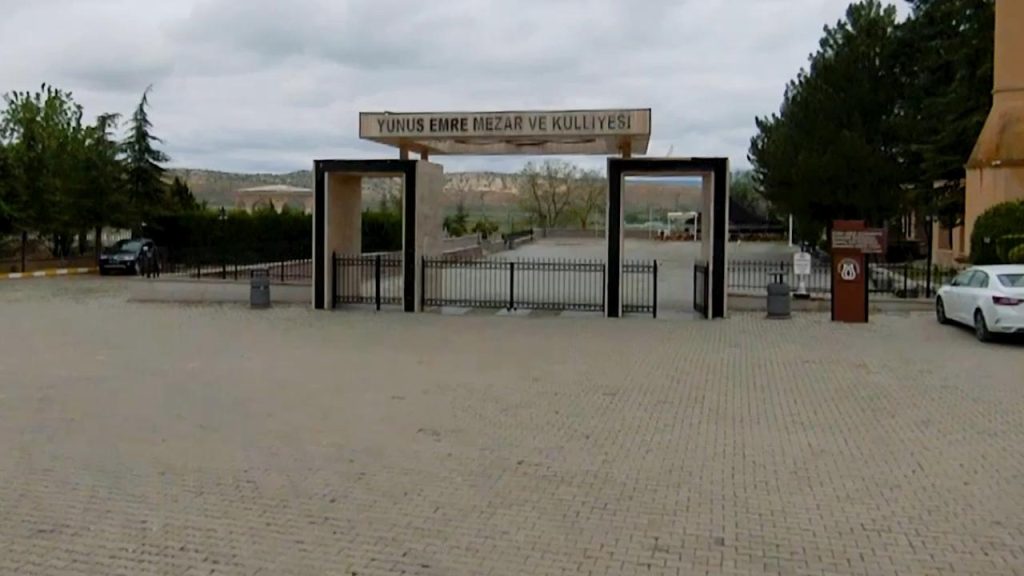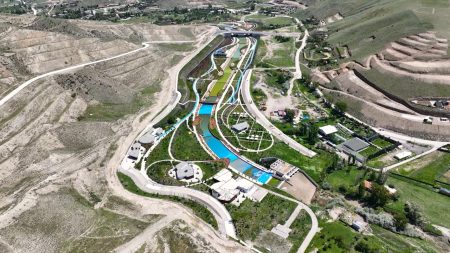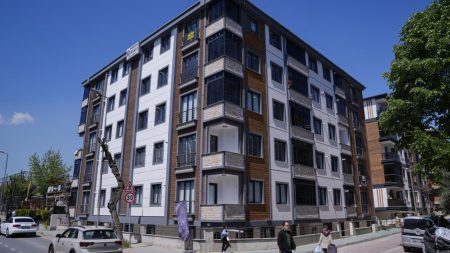Yunus Emre, a prominent figure in Turkish Islamic thought who lived in Anatolia between the mid-13th and early 14th centuries, is buried in the rural Yunusemre neighborhood of the district. The exact birth date of Yunus Emre is unknown. His body was first buried near a railway passing through the neighborhood, but was later moved to a second resting place on May 6, 1949 due to the inability to build a shrine at the first grave site.
As Yunus Emre’s second tomb was deemed insufficient as a place for commemoration and visits, it was moved to a third burial site on May 24, 1970. Yunus Emre is known for his poems that speak of divine love in a language accessible to the common people. His final resting place, designed in Seljuk architecture, features eight columns, a broad dome, arched columns, and is adorned with marble carvings of Rumi palmette motifs symbolizing the eight gates of paradise.
In 2016, the Turkish World Foundation undertook a restoration and landscaping project to repair the deteriorating parts of the complex. The final resting place of Yunus Emre, constructed in an octagonal shape to symbolize the eight gates of paradise, stands as a testament to his enduring legacy in Turkish culture and Islamic thought. The landscaping project aimed to preserve the historical and cultural significance of the site for future generations.
Using a FPV drone, the Yunus Emre’s mausoleum, complex and the nearby mosque were captured in stunning aerial footage, showcasing the beauty and tranquility of the site. The drone footage offers viewers a unique perspective of the architectural features of the Seljuk-style mausoleum and the surrounding landscape, highlighting the importance of preserving historical and cultural sites such as Yunus Emre’s final resting place for future generations to appreciate and learn from.
The video footage of Yunus Emre’s mausoleum and complex, captured by a FPV drone, provides a breathtaking glimpse into the architectural beauty and cultural significance of the site. Through initiatives such as the restoration and landscaping project undertaken by the Turkish World Foundation, efforts are being made to preserve and promote the legacy of Yunus Emre for future generations to cherish and learn from. The aerial footage serves as a visual reminder of the enduring impact of Yunus Emre’s poetry and teachings, which continue to resonate with audiences around the world.















